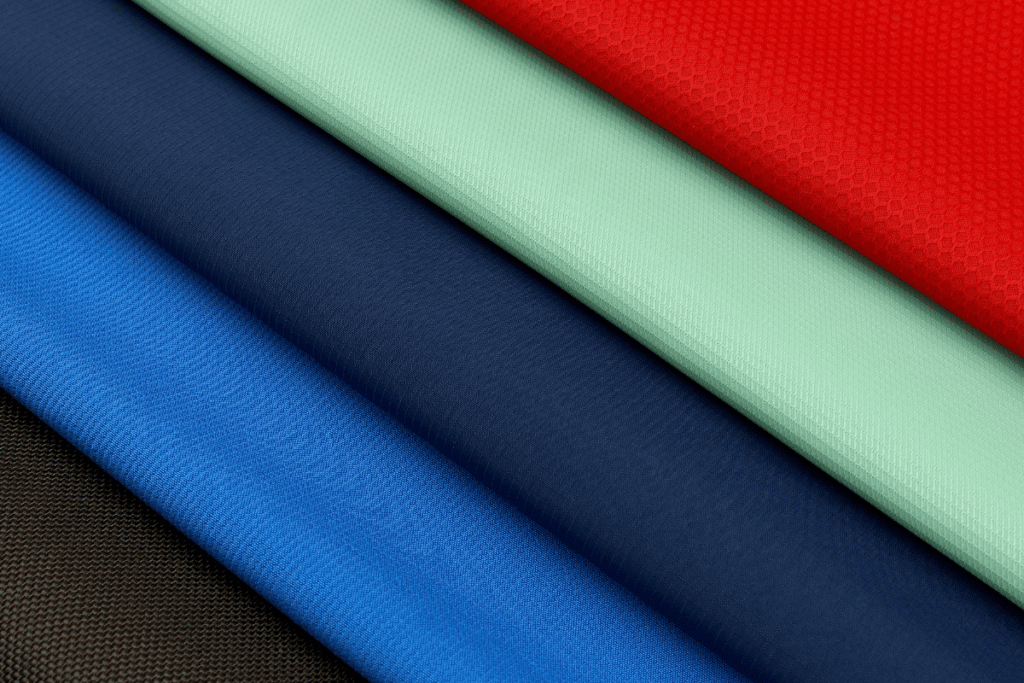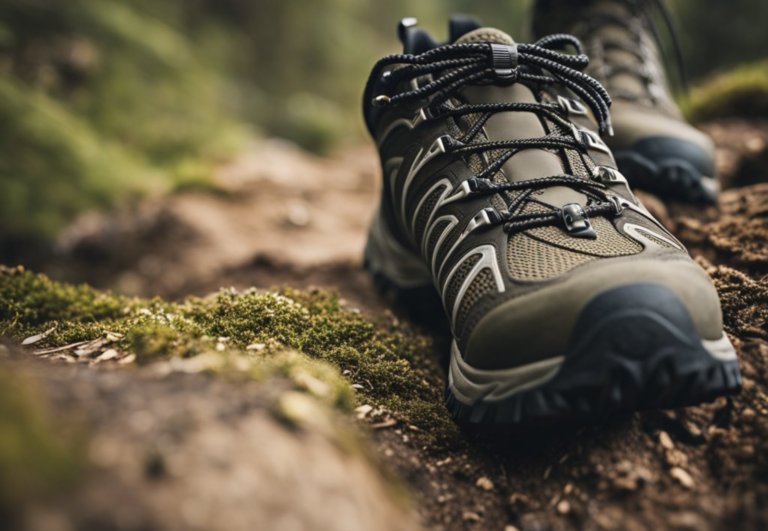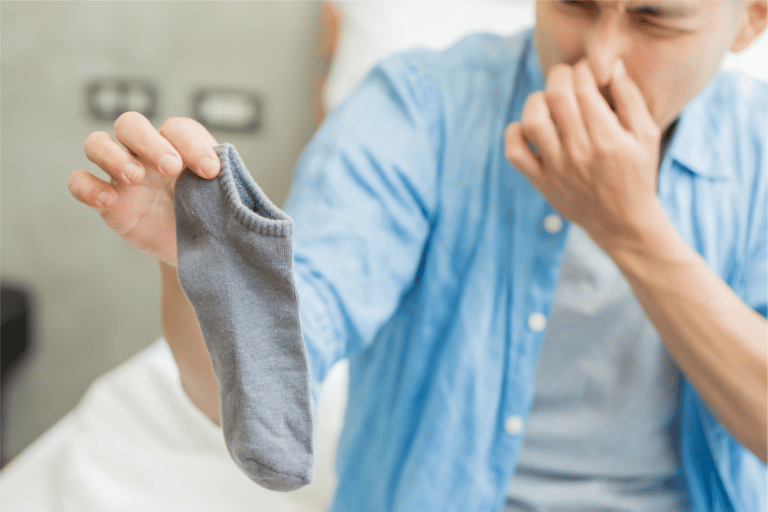What Are Running Shorts Made Of? (3 Most Common Materials)
Most name-brand running shorts are designed to provide users with the best performance using a unique blend of materials, but what exactly are these materials?
Running shorts are commonly comprised of polyester, spandex, nylon, or a combination of these materials. These materials offer several benefits, including lighter weight, durability, moisture-wicking capabilities, and chafe protection, making them an excellent choice for running shorts.
Read on to find out why running shorts perform better than regular shorts, what materials are found in running shorts, what makes them unique, what materials to utilize for specific running situations, and the different styles of running shorts.
What is different about running shorts?
Running shorts initially became popular in the 1970s when well-known athletes wore them to increase mobility and range of motion. The style of running shorts varies and comprises three main types (detailed below).
Overall, running shorts are shorter than standard shorts to allow maximum mobility.
Running shorts offer better overall performance because they are designed to stand against the high-performance demands that serious runners encounter. Running shorts give runners a lighter option and offer superior moisture-wicking technologies to eliminate chafing and keep sweat from bogging down a runner’s performance.
I looked into the pricing differences between running and regular shorts and found many variables regarding brands and materials. It’s safe to say that running short prices parallel everyday short prices of the same quality.
Materials used for running shorts

Below, you’ll find expanded details on three of the most common materials in running shorts and why each compound is suited well for running purposes.
- Polyester
- Spandex
- Nylon
Polyester
Durability, breathability, and moisture-wicking capabilities are all reasons why polyester is an excellent option for running shorts material.
Polyester keeps runners dryer than the typical pair of shorts and helps rapidly dry oncoming sweat while on strenuous runs. A lack of sweat and moisture means a lesser chance of chafing, something even the most experienced runners may struggle with without utilizing polyester-based running shorts.
Spandex
Support and breathability are the primary reasons that spandex is a component in many running shorts. Its breathability keeps a runner’s body cool and comfortable even after long runs.
Spandex fits snugly and grips the runner’s leg, making bare skin rubbing against itself, the leading cause of chafing, nearly impossible.
Nylon
Although nylon has a lot of similarities to polyester, a few key benefits of nylon make it a good material for running shorts. Nylon is softer than polyester, making it a likely material to be blended into running shorts. It gives runners the advantages of polyester with the added comfort of nylon, originally an alternative to silk.
Nylon is also stretchier than polyester, which significantly adds to the flexibility of running shorts made with nylon.
What material should you choose for running shorts?
Different running shorts materials are better suited for different situations.
Polyester
Best suited for situations where moisture-wicking is a priority. Humid or rainy days will be the best fit for polyester shorts because they wick moisture the fastest out of the three types of shorts materials listed above.
Spandex
Best suited for cold weather conditions or situations where it makes sense to wear compression shorts. Spandex is also a good fit for long races or marathons because it’s the best material for protection against chafing.
Chafing on long-distance runs can be detrimental to a runner’s legs and potentially impact the runner days later.
Nylon
The softest material in running shorts and is best suited for casual neighborhood runs or indoor runs on the treadmill.
Nylon is soft and comfortable but lacks some protective features in spandex and polyester, making it ideal for low-stress conditions where comfortability is at a premium.
What is the lining in running shorts for?
Linings inside running shorts make runners feel safe and secure and make underwear unnecessary. Underwear material may cause discomfort or chafing, and the lining in running shorts is designed to prevent the need for users to wear separate underwear.
Some running shorts are linerless, and the price difference between running shorts with liner and without is minimal. Running shorts with liners may cost slightly more, but brand and material are the most significant factors when it comes to price.
Professional runners and athletes are frequently seen wearing running shorts with a liner. As a former high-level high school athlete and former analyst of a professional football team, I’ve seen cases where professionals and high-level athletes wear shorts with liner and without, based on preference, comfort level, weather conditions, and field or track conditions.
What are the different types of running shorts?

While runners should consider the material of their shorts, they should also carefully look into the specific types of running shorts and what style would best fit their habits.
Below are the three main types of running shorts and their applications.
- Split shorts
- Compression shorts
- V-notch shorts
Split shorts
The most suitable running short type for competitive runners, split shorts are constructed with two panels, one outer and one inner, and are usually relatively short. They give runners the broadest range of motion out of the three running short styles. However, due to their short styles, which allow a runner’s legs to rub together, they are the most prone to chafing.
Compression shorts
Commonly worn underneath split shorts or V-notch shorts, compression shorts are a great solution to prevent chafing. Compression shorts tightly fit a runner’s leg but also prevent direct skin-on-skin contact, eliminating the probability of chafing. Compression shorts are also great for cold weather situations when runners want to maintain the mobility of shorts and add insulation.
V-notch shorts
V-notch shorts are the best all-purpose style compared to compression or split shorts. They don’t have the same mobility, but they offer a longer fit, which helps the average runner feel more comfortable wearing them in casual environments. The upside-down “V” cut into the outer seam helps compensate for the lack of mobility.






